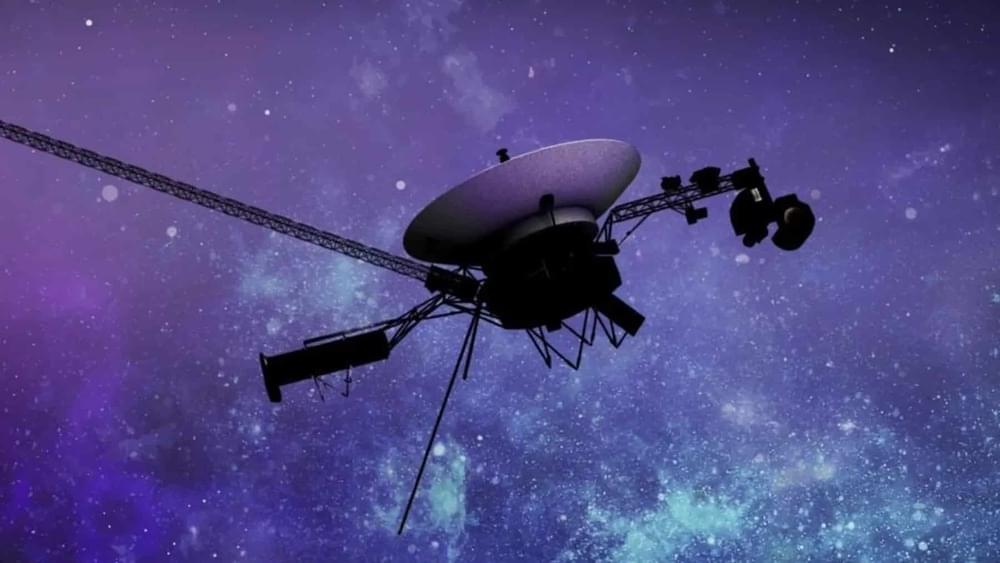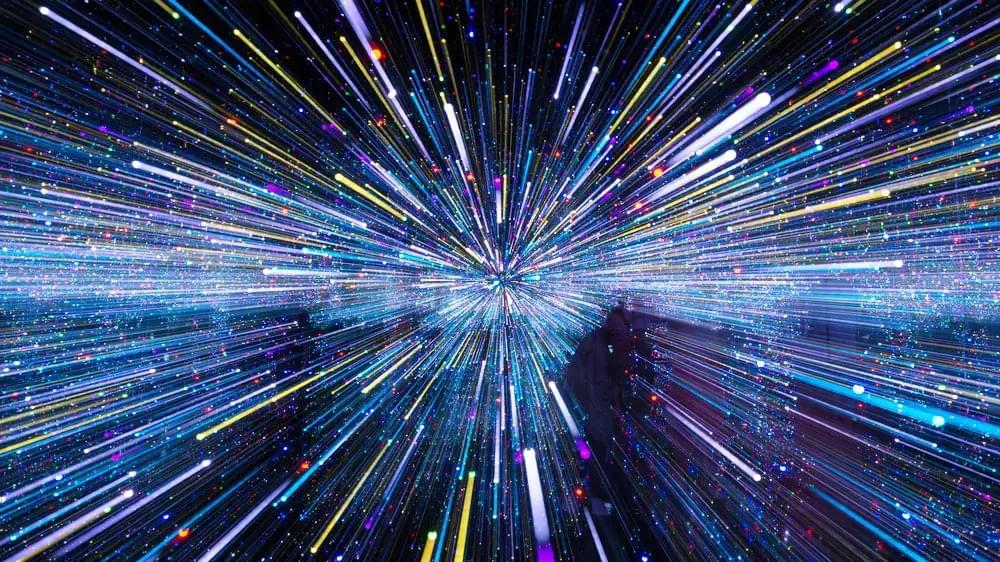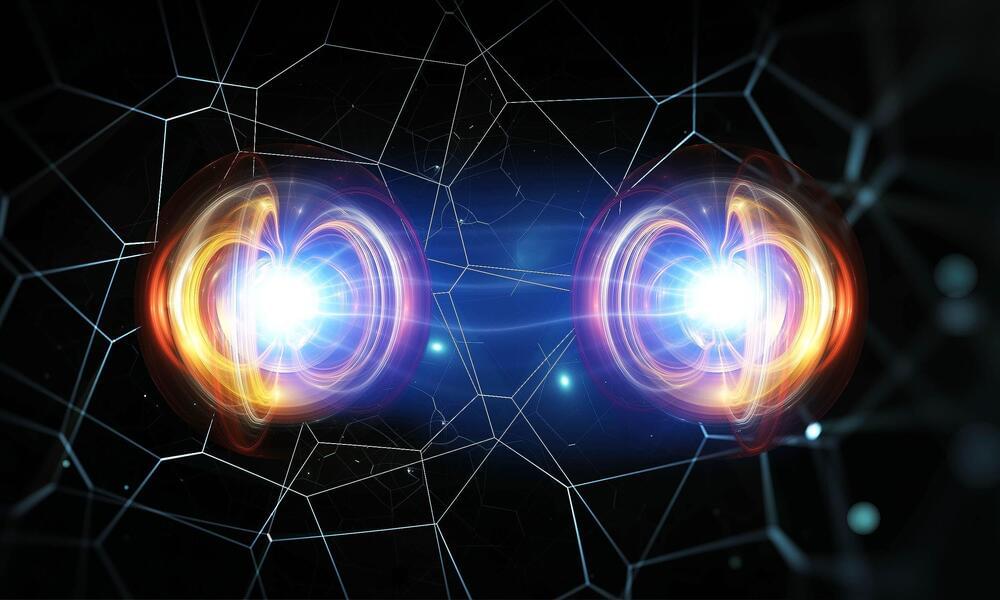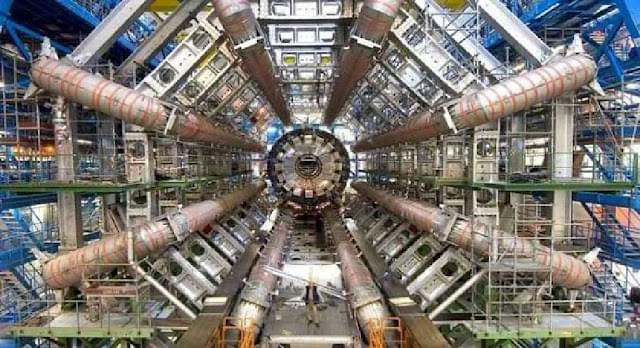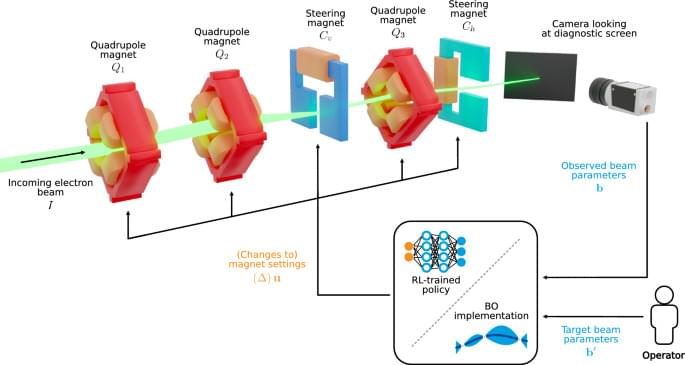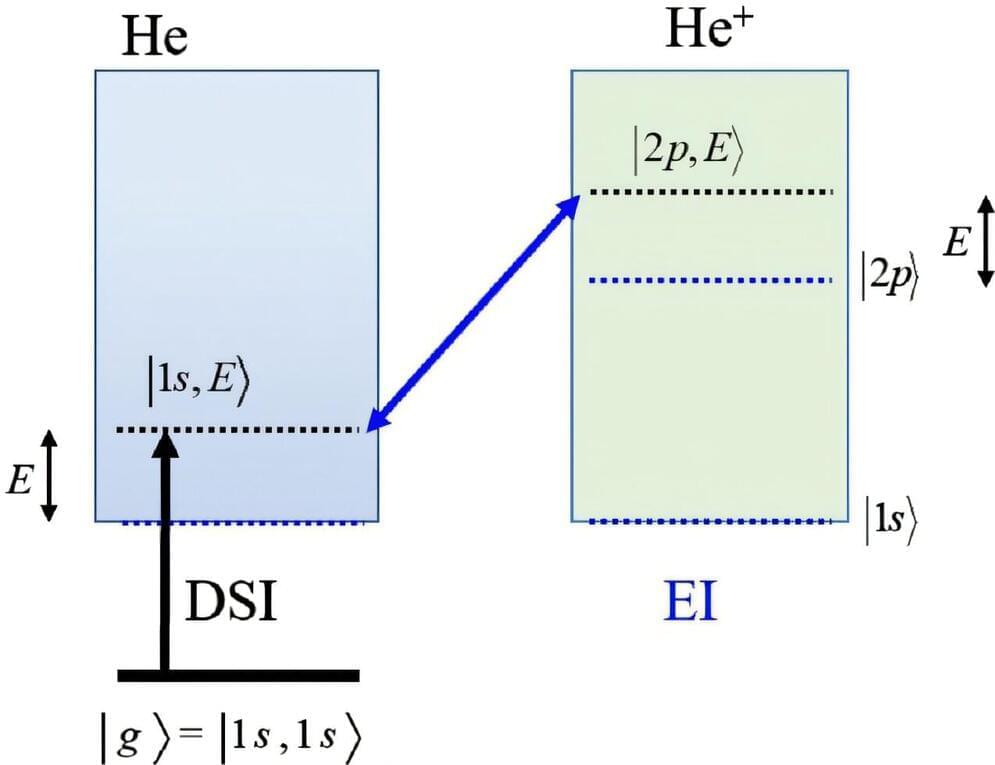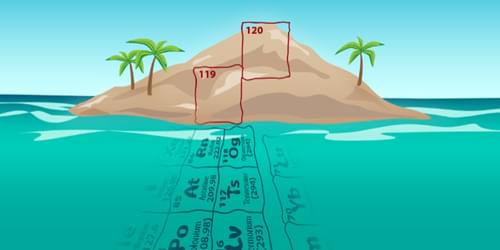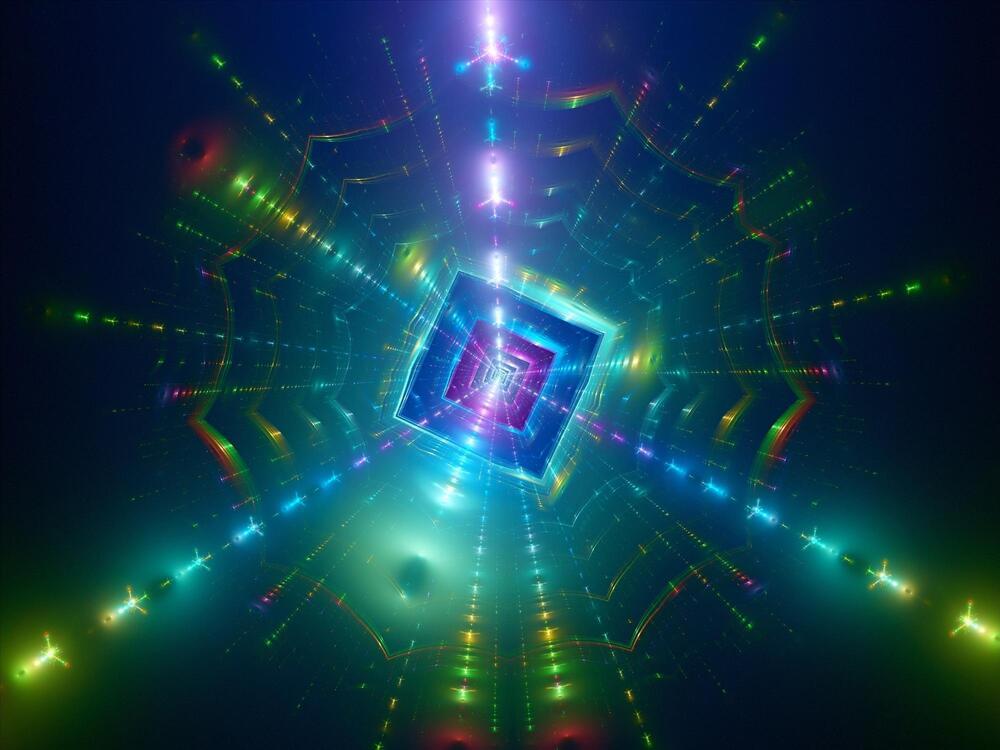Considering the future: What Voyager 2 has in store
According to Miller (2024), even though this instrument has been deactivated, engineers anticipate that Voyager 2 will have at least one operable instrument for exploration through the 2030s. The spacecraft continues to operate and transmit data. NASA is also hoping that the spacecraft continues to provide valid information about the interstellar medium too.
The seamless continuation of activities was made possible by the confirmation that the instrument was operating normally. In 2018, it was confirmed that Voyager 2 had crossed the heliosphere’s border and entered interstellar space thanks in large part to the plasma science instrument. Significant changes in atoms, particles, and magnetic fields that are detectable by the instruments of the Voyager probes define this barrier.
